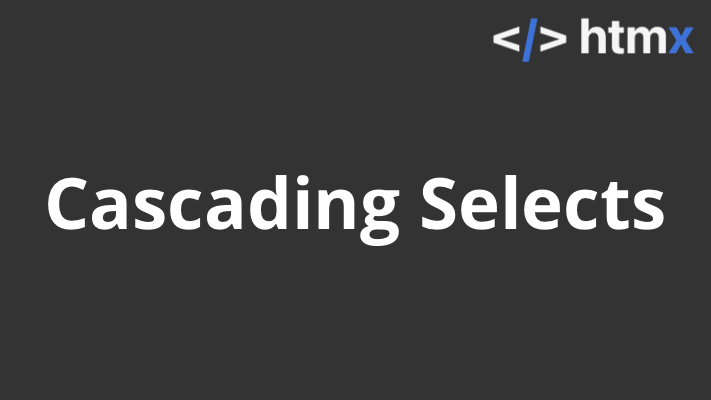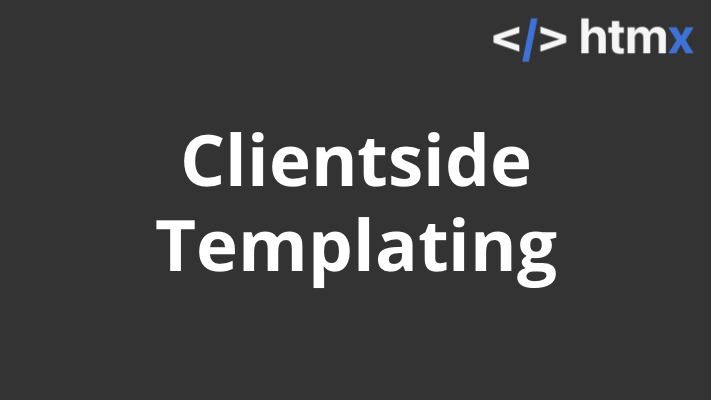Embracing gRPC in .NET
Irina Scurtu
With an increasing need for scalability and performance dictated by the modern web, it is becoming harder and harder to choose an API paradigm that is suitable for service to service communication. While the classical models still work and have their own merits, some of them rely heavily on documentation, extensive coordination between teams, or code-sharing. We use shared libraries, and over time our projects become intertwined with dependencies. In these cases, we need something to untangle those and reduce coupling. Welcome to gRPC.
gRPC has been around for a while and .NET Core 3.0 welcomes it as a first-class citizen. It is contract-based, performant with smaller response/request bodies, perfect for polyglot environments, and supports different models – from client-server to bi-directional streaming out of the box.
In this session, we will look at how to use gRPC and its 4 models and what are the benefits and downsides of using gRPC compared to the traditional models.
About the Presenter
Irina Scurtu, Microsoft MVP, Software Architect, Endava
Microsoft MVP for Developer Technologies, Software Architect, and Microsoft Certified Trainer, always looking for the latest trends and best practices in architecture, .NET, and the world around it. Irina has more than 1000 hours of experience delivering training, workshops, and presentations, and is passionate about .NET and the world around it.
She is the founder of DotNet Iasi User Group, where she tries to gather people that are willing to share their knowledge with others, and from time to time publishes articles on her blog: http://irina.codes
- Twitter: https://twitter.com/irina_scurtu
- Blog: https://irina.codes



